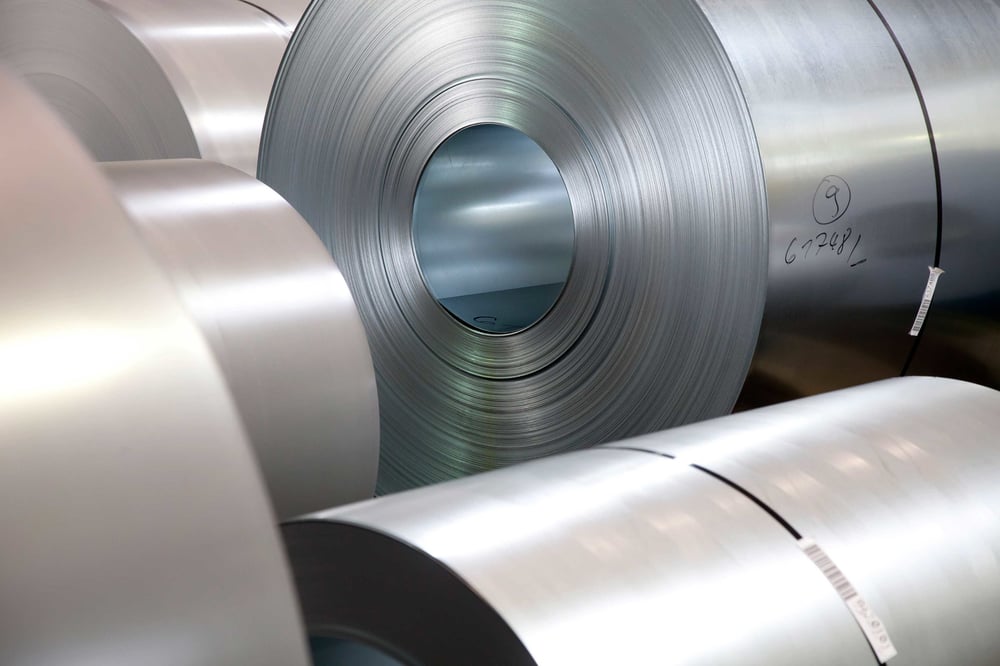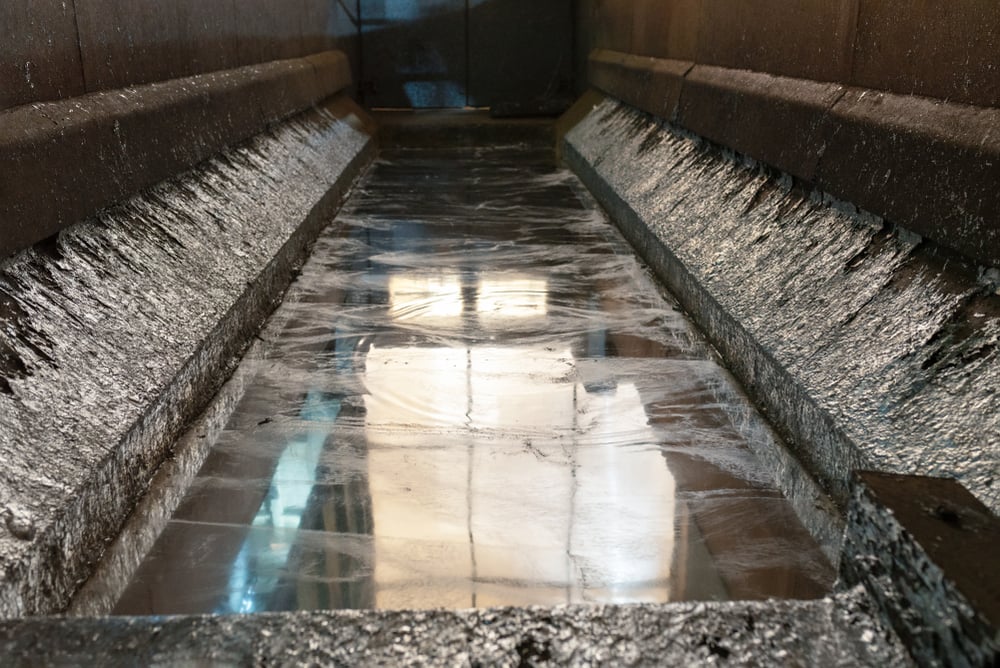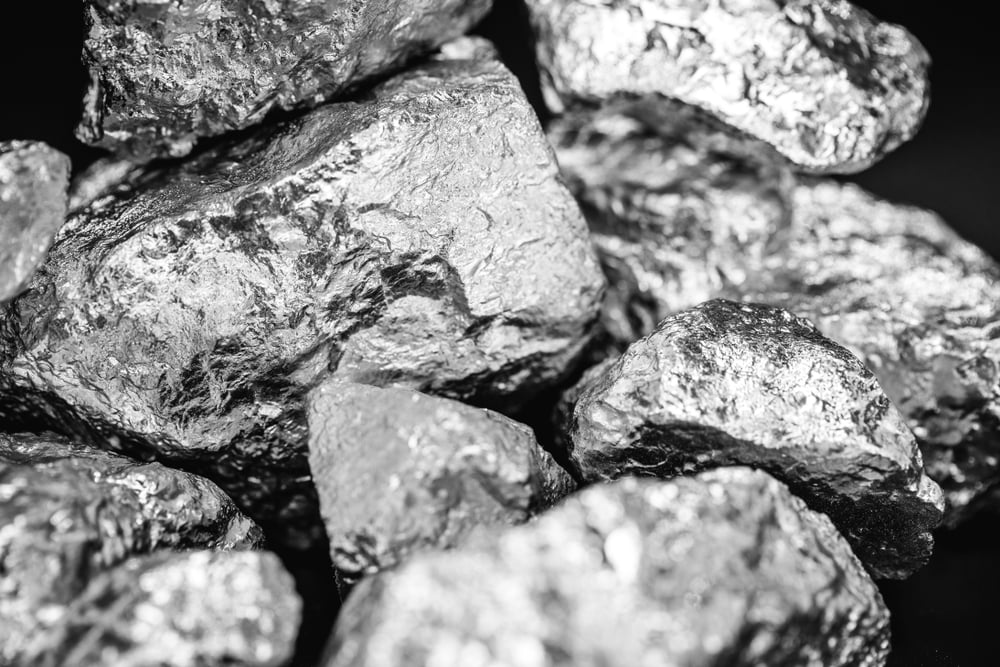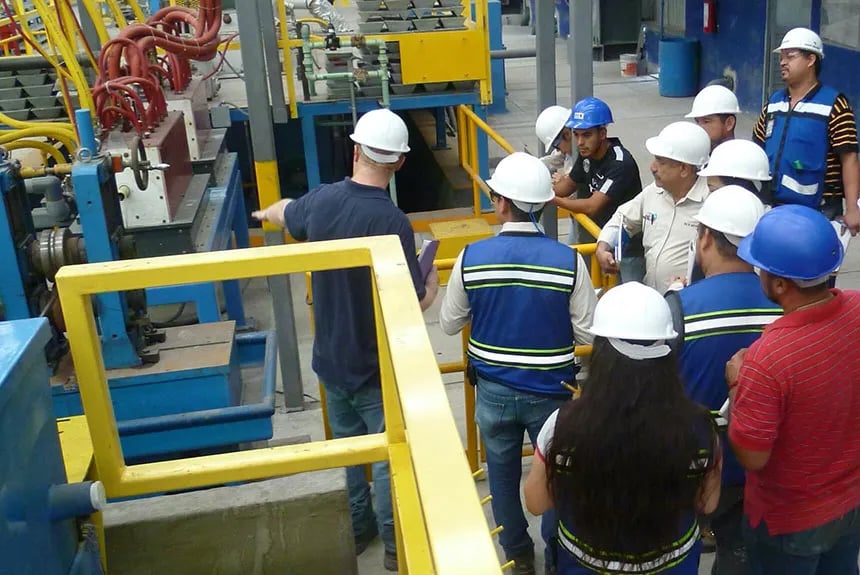Are you currently running a hot-dip galvanizing business or making galvanized steel tubes using “pre-galv” steel? Or maybe you are looking to enter the galvanized steel tube market with your manufacturing line? - Chances are high that you are missing out on profits. Worried about making the most out of your galvanized steel tube manufacturing business? - No problem, we got you.
As part of our communication with customers, we typically spend a lot of time consulting on the benefits and savings the customer will get from starting or changing the way they make their galvanized tubular products. How much each customer can save depends on many factors. Here, we are going to explain some of the factors and circumstances you might want to consider before making big investment decisions in the galvanizing industry.
Galvanizing processes and their implications on your business
Galvanizing Versatility, Quality and Efficiency
Conclusion
Galvanizing processes and their implications on your business
Different methods of galvanizing have existed for over a century, with the 4 main methods that manufacturers choose: hot-dip galvanizing, manufacturing with pre-galv, electroplating and in-line galvanizing (ILG). We have highlighted differences between the processes which can directly impact their profitability, but there are many areas that need to be explained further.
Galvanizing Versatility, Quality and Efficiency
We like to highlight the versatility, quality and efficiency of in-line galvanizing, which can save you and your business lots of money in the long run.
Pre-galvanized steel sheet (GI) “pre-galv”

Compared to pre-galv, every other galvanizing equipment is more expensive in capital expenditures. However, this comes at the price of losing versatility completely, as your product line-up is dependent on what kind of pre-galvanized steel sheet coil is available in your region to purchase. For example, if your market wants a galvanized steel tube that has 180g/m² zinc applied, but 150g/m² and 200g/m² GI coils (galvanized coils) are the only ones available close to 180g/m² customer -or market requirements, you will likely end up having to buy 200g/m² GI coils and wasting money on the material being over-spec for every tube you produce. The same issue applies for different tensile strength of steel, which further increases the limitations and dependence on steel sheet suppliers. You will also be limited to producing inside and outside galvanized tubes only, whereas the inside can be left ungalvanized and painted instead with ILG. In addition, you will end up producing inferior quality products with pre-galv, which might have limited usage permissions. For example, pre-galv steel tubes cannot be used for conduit steel tubing in the US due to non-compliance with regulatory quality standards. If you want to grow and fortify your business to adapt to the market and extend your product line-up, manufacturing with pre-galv will mean you have to make lots of compromises, lost opportunities and lost profits.
Hot dip galvanizing

Hot dip galvanizing does best in terms of corrosion protection, as it handles piece-by-piece steel products that are submerged in zinc, which creates a complete seal. Piece-by-piece handling, however, means a limitation on throughput. Even modern hot-dip galvanizing equipment is no match for the throughput achieved by high-speed production with in-line galvanizing or pre-galv. Similar to pre-galv, hot-dip galvanizing is not capable of making fine adjustments to the applied zinc weight, leaving you with over-applied zinc material and increased cost. The same applies to zinc applications on the inside of tubes, which cannot be avoided with hot-dip, but can be substituted with paint using ILG. Finally, the required floor space of hot-dip galvanizing equipment is the highest out of all four processes, making investments towards factory ground and buildings significantly higher. The amount of chemicals used for hot dip galvanizing is also very high, due to its “bath” setup, which makes cost for chemicals and their waste treatment high.
Electroplating
 (Reference image for Chromium - Cr as an external element used in electroplating process)
(Reference image for Chromium - Cr as an external element used in electroplating process)
We have not covered much about electroplating, but that does not mean it is not a viable option for galvanizing. Electroplating is capable of galvanizing intricate surfaces with many details, and it is being used for tubing and simple objects as well. As the name implies, electroplating works by electrolysis, which requires chemicals in addition to the chemicals required for pre-treatment. This makes - in combination with high electricity consumption - electroplating the process with the highest ecological footprint, and the highest expenses for chemicals and their waste disposal or treatment. In addition, the nature of the electrolysis process makes electroplating not well suited for high throughput manufacturing, and is outperformed by all other processes that there are. These drawbacks make electroplating the least used process worldwide for manufacturing galvanized steel tubes.
Conclusion
Investing in equipment to manufacture galvanized steel tubes is a big decision. This makes it even more important to be aware of the potential risks involved that can limit the sustainable profits of the equipment in the future. We like to highlight that all our customers enjoy the benefits of versatility, being able to change the product specifications on-the-fly, manufacturing high-quality products which are used in a variety of use cases and run the most efficient and most ecological process.
All of these benefits translate to saving money on material and getting better selling prices.
Request a call back by clicking on the below image...



